Push for Peace
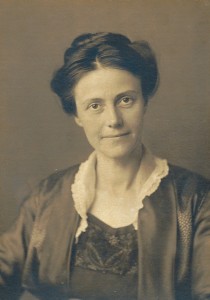
UW English professor Julia Grace Wales drafted a plan for peace when war broke out in Europe. Library and Archives Canada, pa-182512
Talk of war swirled through campus well before U.S. soldiers joined the conflict. Canadian-born Julia Grace Wales was teaching English literature at the UW when war broke out in Europe in 1914. Deeply troubled by the reports of brutality, she became convinced that the conflict was irrational and un-Christian. Wales drafted a plan called “Continuous Mediation without Armistice” that proposed a U.S.–sponsored conference of intellectuals from neutral nations to come up with logical ideas to end the war. These peace recommendations would be guided by two principles: no humiliation for any nation and no compromises that would restart the war.
The newly formed Wisconsin Peace Party endorsed Wales’s plan in 1915, and it quickly drew wide support from pacifists around the country. The National Peace Party presented the idea to President Woodrow Wilson, who had run for office on a neutrality platform. And Wales traveled to the Netherlands for the International Congress of Women, which unanimously selected her plan as the solution to war and distributed it in multiple languages throughout Europe. But that year’s sinking of the Lusitania, which cost 128 American lives, made many officials question neutrality.
Wales kept up her advocacy, helping to organize a Woman’s Peace Party in Wisconsin in 1915 and urging the principles of mediation throughout Europe with the support of industrialist Henry Ford. At the UW, students and faculty formed a discussion group called the Peace and War Club to explore the problems of the conflict and to convene peace rallies. Wales returned to her academic life when the United States declared war, though she continued to promote pacifism and spoke out strongly in favor of the League of Nations, the forerunner of the United Nations.
Published in the Spring 2017 issue
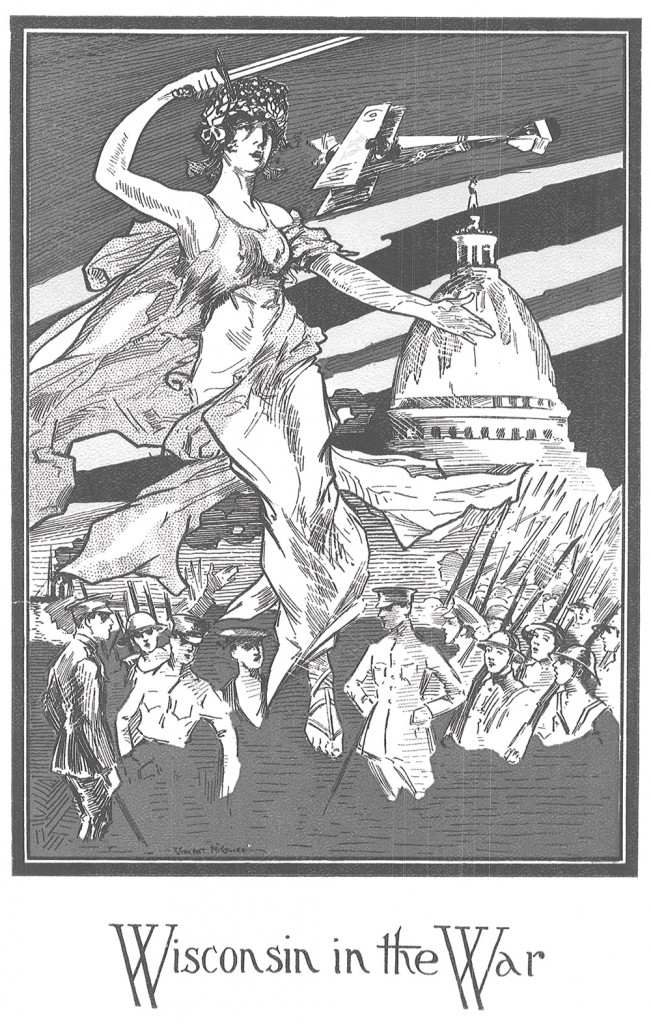
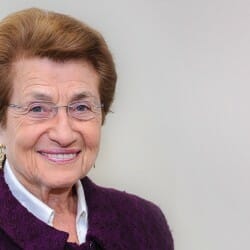
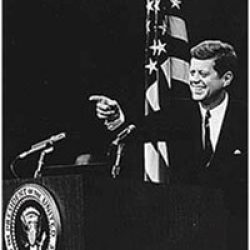
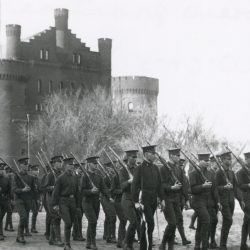
Comments
No comments posted yet.